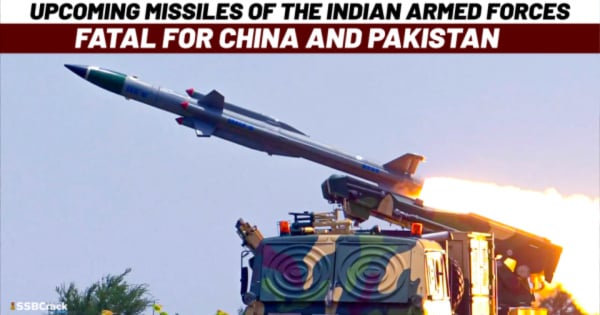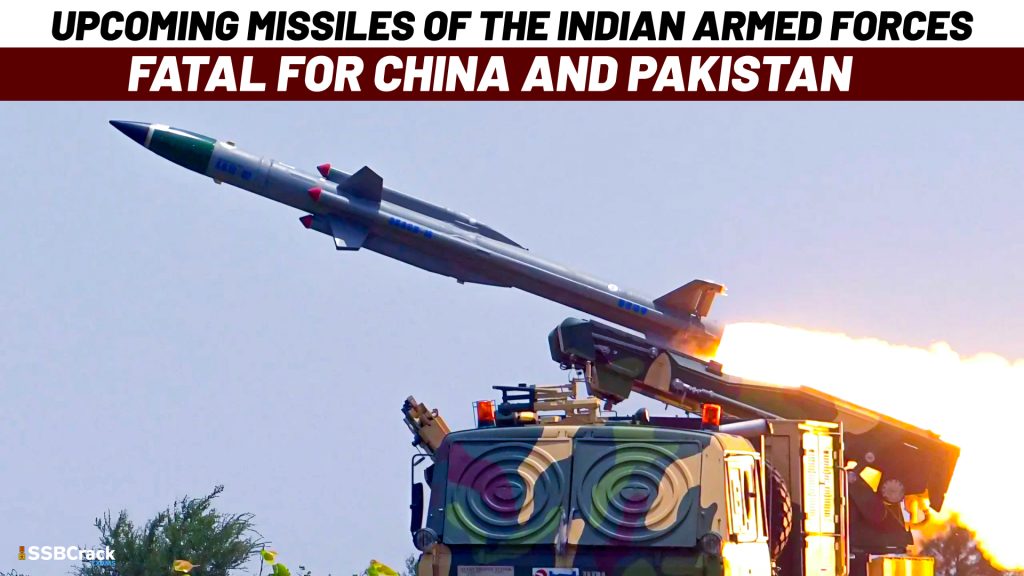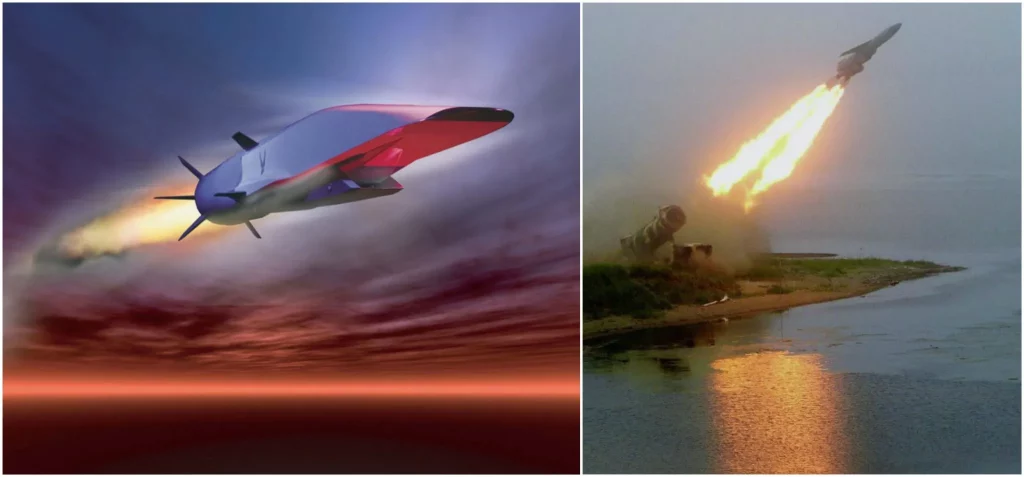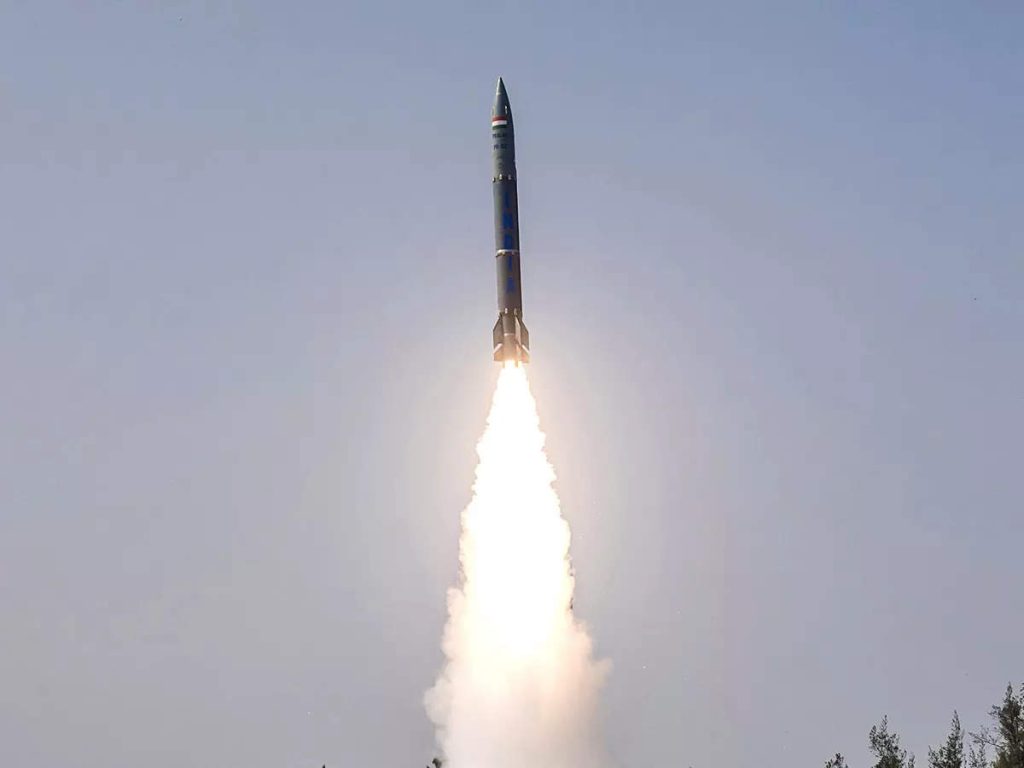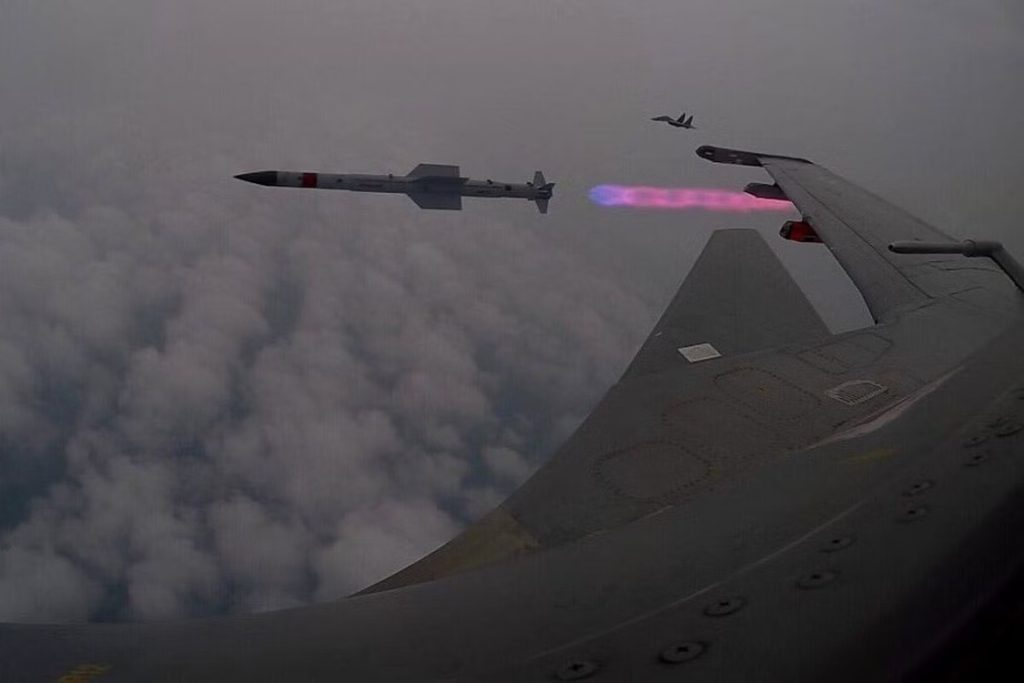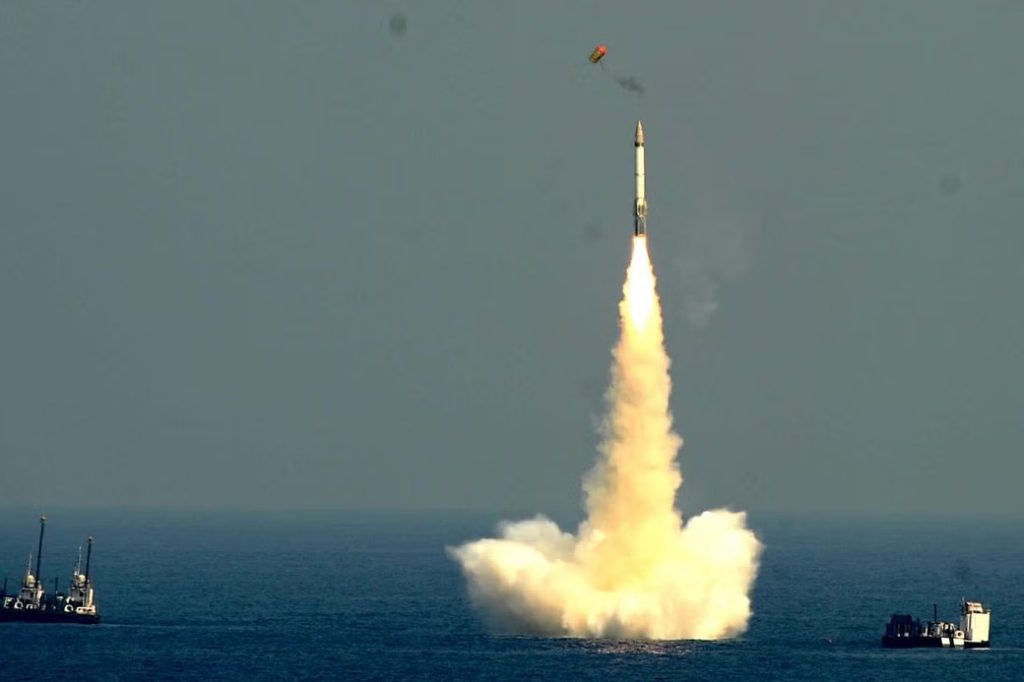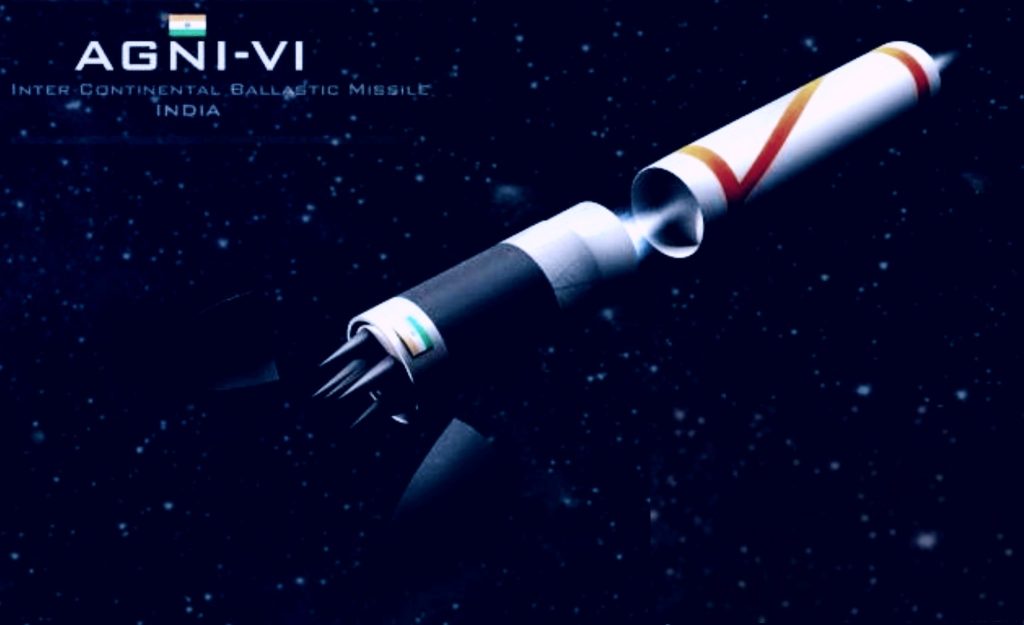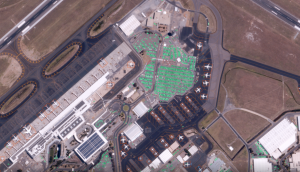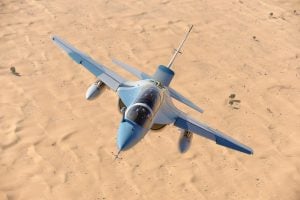Upcoming Missiles: For its Armed Forces, India has developed a variety of missiles, including cruise missiles, ballistic missiles, air-to-air missiles, air defence missiles, anti-radiation missiles, anti-tank missiles, and submarine-launched ballistic missiles.
The development of missiles in India began in the 1980s with the DRDO and Ministry of Defense’s Integrated Guided Missile Development Programme [IGMPD]. In order to deter both China and Pakistan, India is currently developing next-generation missiles. After Russia and China, India could become a missile superpower in the future.
Upcoming Missiles of the Indian Armed Forces: Need For Strong Missile Force
Many militaries around the globe have learned from the current Russia-Ukraine conflict that having a robust missile arsenal is a good deterrent element. Because missiles have the capability of destroying infrastructure, command and control stations, air targets, satellites, tanks and armored vehicles, manufacturing sites, transportation infrastructures, and so on. Missiles might also be deployed as a nuclear strike weapon in the event of a nuclear war. For all of these reasons, the Indian Armed Forces intends to stockpile a huge number of modern offensive and defensive missiles.
1. BrahMos-II Hypersonic Missile
BrahMos-II is a hypersonic cruise missile version of the Brahmos supersonic cruise missile that is currently being developed for the Indian Armed Forces. The weapon is most likely based on Russia’s Zircon hypersonic cruise missile. BrahMos-II might have a range of up to 1500km and a top speed of Mach 8. BrahMos-II will be launched from warships, fighter planes, submarines, and land. BrahMos-II is projected to enter service in the 2030s.
Also read: How Many Brahmos Missiles Does India Have?
The Indian Army may have a substantial inventory of BrahMos-II missiles. Tactical Nuclear Weapons might also be installed on BrahMos. BrahMos could be the greatest hypersonic cruise missile in the world if it enters service, with only Russia’s Zircon hypersonic cruise missile challenging it.
2. Pralay Ballistic Missile
Pralay is a tactical short-range ballistic missile being developed by the Indian Armed Forces. The Pralay Ballistic Missile will replace the Indian Army’s Prithvi missile. Pralay will have a range of 500 km and a top speed of Mach 1.6.
The Pralay Ballistic Missile will have an accuracy of less than 10 meters, making it one of the most lethal missiles of its class on the globe. The Indian Army has ordered a total of 370 Pralay missiles. The Indian Armed Forces have reached a key milestone for the Future Rocket Force through Pralay. The Pralay missile will outperform its Chinese, North Korean, and Russian counterparts, including the Russian Iskander and North Korean KN-23 rockets.
3. Astra MK-2 And MK-3 Air To Air Missile
Astra MK-2 and MK-3 are air-to-air missiles that are currently being tested and developed for IAF and Indian Navy combat aircraft. These air-to-air missiles would allow IAF and Indian Navy combat aircraft to strike targets in deep airspace and beyond visual range. Astra MK-2 will have a range of 160-180km, putting it in direct competition with the Meteor missile.
Currently. The Astra MK-2 is now in the testing phase and is expected to enter service soon. The Astra MK-3 is still under development and will have a range of 300-350 kilometers. Russian R-37, Chinese PL-15, and American AIM 260 missiles will compete with Astra MK-3. The Astra MK-2 and 3 will have advanced characteristics like as an AESA seeker, among others. MK-2 and MK-3 will be less expensive than European and American counterparts.
4. K-4 And K-5 SLBM
The K-4 and K-5 Submarine Launch Ballistic Missiles are being tested and developed for the Indian Navy’s SSBN. The K-4 missile will have a range of 4000 km, while the K-5 missile will have a range of 5000-6000 km. Both of these missiles will improve the Indian Navy’s second strike capability. These missiles will be used for both conventional and nuclear attacks. These will empower the Indian Navy to attack anywhere in Pakistan and coastal China. K-4 and K-5 will be equipped aboard INS Arihant Class and S5 Class SSBNs, respectively.
5. AGNI-6 or (Surya)
It is currently the most classified missile programme being developed by DRDO for the Indian Army. Agni 6 is an ICBM capable of MIRV [Multiple Independently Targetable Re-entry Vehicle]. These missiles will have a range of 10,000-12, 000 kilometers and will be armed with ten Strategic Nuclear Warheads. A SLBM variant of Agni-6 is currently being considered.
Addition to Indian Armed Forces: Indian Rocket Force?
The Indian Armed Forces may soon have another force, the Indian Rocket Force, which is now being discussed. These forces will be armed with a huge number of cruise and ballistic missiles. If constructed, the Indian Rocket Force will serve as the backbone of the Indian Armed Forces, countering the PLARF [People’s Liberation Army Rocket Force].
The Indian Rocket Force’s primary missiles will be the BrahMos family of supersonic and hypersonic cruise missiles, the Pralay Ballistic missile, and the Agni series of ballistic missiles.
To crack the SSB Interview and join the Indian Armed Forces as an Officer, You can join our SSB interview live classes batch and we recommend you to Enroll SSB INTERVIEW ONLINE COURSE. Trusted by thousands of defence aspirants.
Also read:
- All About Israel David’s Sling Air Missile Defence System
- Philippines To Buy Indo-Russia-Built BrahMos Supersonic Missile For The Second Time
- Indian Navy To Acquire US Harpoon And Russian Kalibr Missiles
- Why India Needs More Subsonic Cruise Missiles?
- Top 10 Anti-Aircraft Missile Systems In The World
- All About Israel IRON DOME Air Defence Missile System
- All About S-400 Missile System [Fully Explained]
- Why S-400 Missiles Systems Is A Game Changer For Indian Armed Forces?
- About Agni Prime- Nuclear-Capable Missile
- What Is A Missile Propulsion System And How Does It Work?
- Why Is The IAF’s Pechora Missile Called A “Stealth Killer”?
